Some panel-mount controls have the nut on the outside of the panel, like this:
Other panel-mount controls have the nut on the inside of the panel, like this:
With the nut on the outside, I first solder everything while it is outside of the project box. That gives me plenty of working room. Then I insert the PCB into the box and mount the controls into the project box, then tighten the nuts on the outside of the panel.
But when the nut is on the inside, the panel-mount control must enter from the outside, so I cannot solder it to the PCB. I am stuck soldering while the parts are inside of the project box. Either that, or any connector I solder to it must be smaller than the control itself so it can fit through the hole.
Is there something I am missing here? It seems to me that the only realistic way to use these is to solder something small like a JST connector to the control, and pass that through. This adds clutter and work. Is there a better way?


